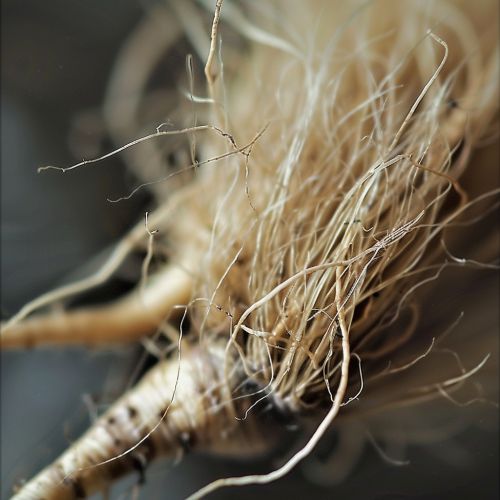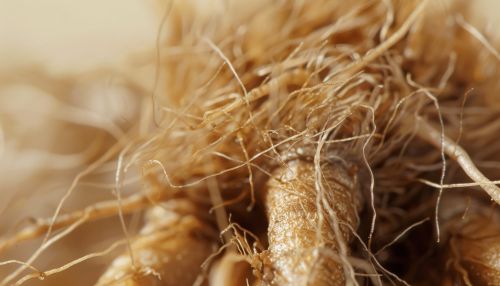Root hair
Introduction
Root hairs, or absorbent hairs, are a specialized type of cell found on the roots of vascular plants. They are tubular outgrowths that emerge from the epidermis, the outermost layer of the root. Root hairs play a crucial role in water and nutrient uptake, as well as in establishing symbiotic relationships with certain types of soil microorganisms.


Structure and Development
Root hairs are unicellular extensions of the root epidermis. They develop in the region of maturation, also known as the hair-forming zone, which is typically located behind the growing tip of the root. The development of root hairs is a complex process that involves cell differentiation and growth. The process begins with the bulging out of the epidermal cell, which then elongates to form a tube-like structure.
The structure of a root hair is simple. It consists of a cell wall, a cell membrane, and a large central vacuole. The cell wall, which is composed of cellulose, provides structural support. The cell membrane, on the other hand, is responsible for the selective uptake of water and nutrients. The central vacuole, which occupies the majority of the cell's volume, stores water and nutrients.
Function
The primary function of root hairs is to increase the root's surface area for water and nutrient absorption. They penetrate the soil particles and absorb water and dissolved minerals through a process known as osmosis. Root hairs are also involved in the establishment of symbiotic relationships with soil microorganisms. For instance, they facilitate the colonization of rhizobia, bacteria that convert atmospheric nitrogen into a form that plants can use.
Role in Plant Nutrition
Root hairs play a vital role in plant nutrition. They are the primary site of nutrient uptake in most plant species. The nutrients absorbed by root hairs include macronutrients, such as nitrogen, phosphorus, and potassium, and micronutrients, such as iron, manganese, and zinc. Root hairs also facilitate the uptake of organic nutrients, such as amino acids and sugars, from the soil.
Role in Symbiotic Relationships
Root hairs are instrumental in the establishment of symbiotic relationships between plants and soil microorganisms. One of the most well-known examples of this is the symbiosis between leguminous plants and rhizobia. The root hairs of the leguminous plants secrete chemical signals that attract rhizobia. Once the rhizobia are in close proximity, the root hairs curl around them and form a tube-like structure called an infection thread, which allows the rhizobia to enter the root.
Conclusion
In conclusion, root hairs are a crucial component of the plant root system. They play a vital role in water and nutrient uptake, as well as in the establishment of symbiotic relationships with soil microorganisms. Despite their simple structure, root hairs are highly specialized cells that perform a range of essential functions that contribute to the overall health and survival of plants.
